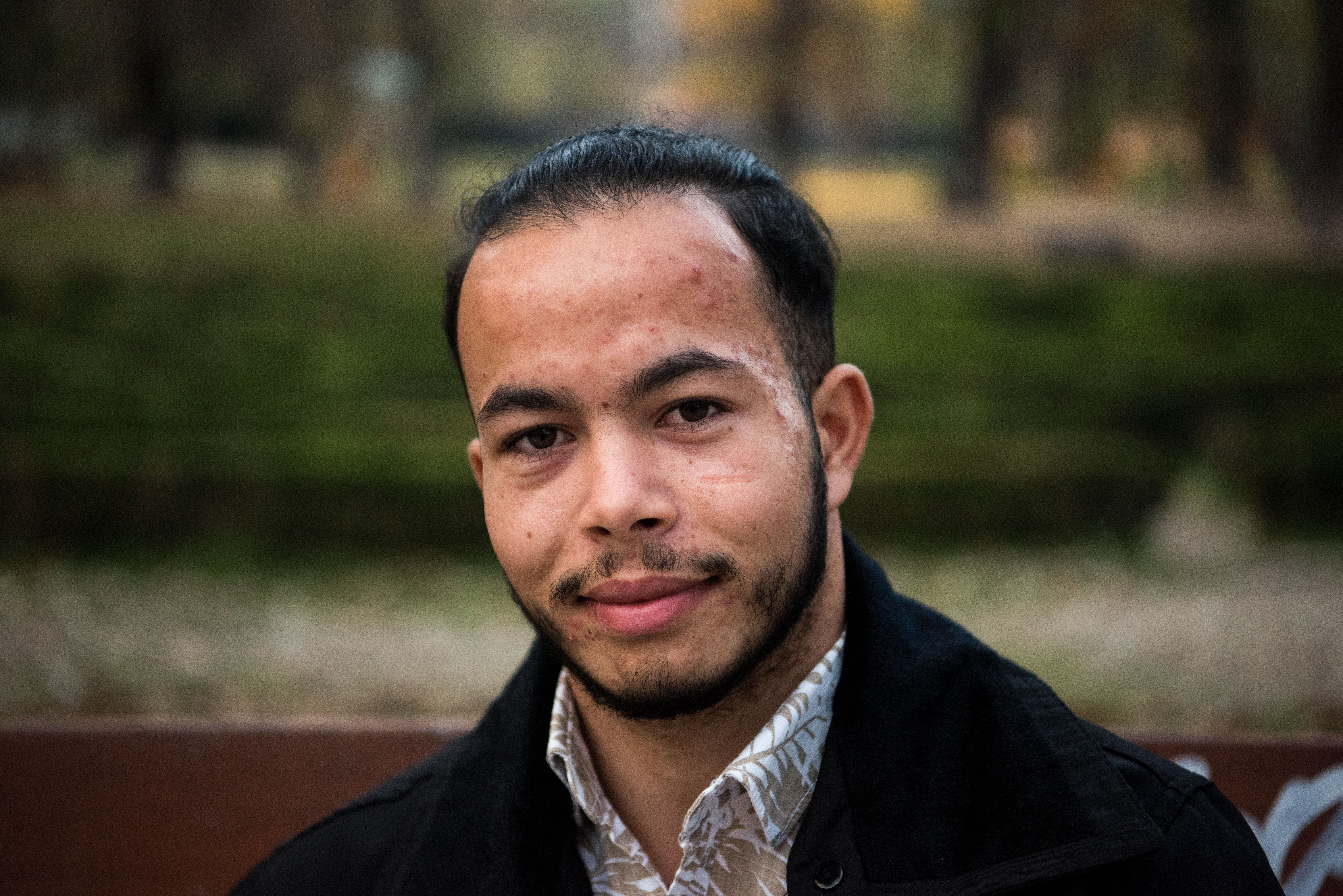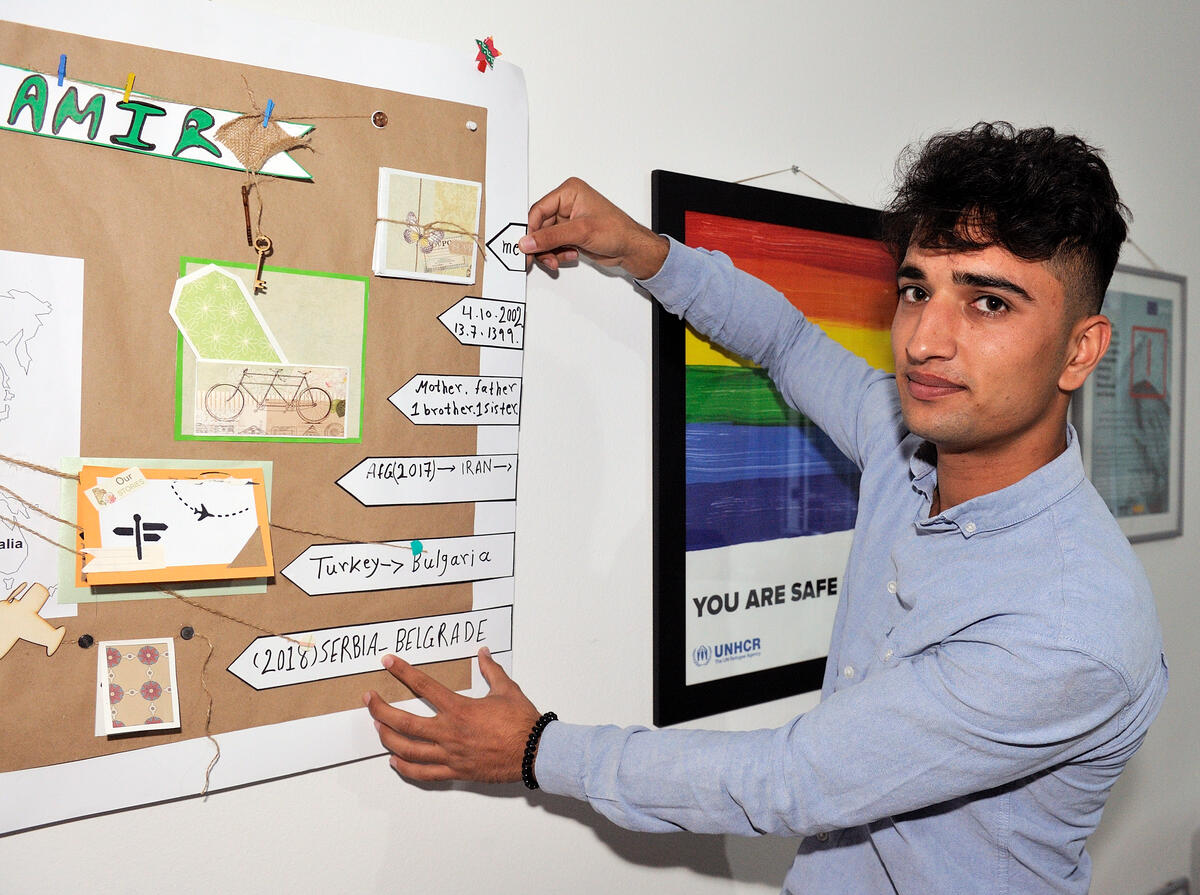Kosovo Crisis Update
Kosovo Crisis Update
UNHCR present at Stability Pact summit
UNHCR is represented by its Assistant High Commissioner Søren Jessen-Petersen, at the Sarajevo meeting of the Stability Pact for the Balkans region. Jessen-Petersen will draw attention to the fact that stability in the area also depends on resolving all of the region's problems of displacement.
Returns
UNHCR expects to receive the first repatriation flights at the Pristina airport on Monday (2 August), although most of the return flights will still be landing at Skopje airport, in view of the limited capacity at Pristina. All of the returnees from abroad have so far been flown to Skopje and then taken by bus to Kosovo.
Meanwhile, space problems have cropped up at the transit centre in Pristina for returnees from abroad. Some 40 returnees have been staying there for about a month now because they do not have housing anywhere else. Arrivals are supposed to stay only for a maximum of three days.
Returns to Kosovo from the neighbouring countries have dropped dramatically. Around 2,500 Kosovars went back home over the past two days, including 1,700 from abroad, with IOM's assistance. Just 788 Kosovars returned from the FYR of Macedonia, Montenegro and Bosnia and Herzegovina in the last two days.
In Albania, no return figures were available for Wednesday and Thursday as workers sorted out returnees among the variety of travellers heading for Kosovo from the northern Albanian town of Kukes.
Kosovo
UNHCR is discussing the possibility of arranging a shuttle bus service between ethnic enclaves as a confidence building measure. The service is expected to begin soon in Gnjilane and later on in the Mitrovica area.
Local Serb representatives in Orahovac told UNHCR on Thursday they are now keen to stay in the town south-west of Pristina, where the Organization for Security and Cooperation in Europe recently opened an office. They say there have been significant changes in the environment there and a dialogue has been established with the Albanian community. UNHCR staff said this gives a totally different perspective to the situation in Orahovac, compared to what is seen elsewhere.
UNHCR also visited the predominently Serbian village of Velica Hoca, also in Orahovac. There is a heavy KFOR presence there. UNHCR is trying to establish a dialogue there between the Serbian residents and their ethnic Albanian neighbours.
In Suva Reka municipality, around 130 Roma people fled from a district in Suva Reka town called Granapole after their houses were looted and burned. A UNHCR team saw a house still on fire when it came on 28 July. One Roma family was sheltered by neighbours.
In other developments, the NGO ACT is set to undertake a programme starting in Decane to remove bodies from wells. Of 44 wells in Decane, 39 have bodies inside.
UNHCR has distributed 3,695 shelter repair kits, which include plastic sheeting, strips of wood, staples, nails and tools. UNHCR has estimated that around 70,000 houses throughout the province are uninhabitable, though other estimates put the figure higher. The IMG (Infrastructure Management Group) believes 96,000 houses are uninhabitable.
Kosovo has been receiving large quantities of non-food items shipped in through Albania. Twenty two truckloads of relief are arriving daily.
In Prizren, UNHCR's main implementing partner, Catholic Relief Services, distributed on Tuesday and Wednesday food rations for seven days to 13,400 people in Zur and Orahovac. Bulk food distribution for 15 days was made for 5,700 people in Dragas.
Also handed out were UNHCR items, including 8,910 blankets, 3,354 mattresses, 6,895 hygienic kits and 758 kitchen sets; KFOR turned over 200,000 garbage bags to a local agency responsible for rubbish collection in an effort to improve local hygiene.
FYR of Macedonia
An estimated 22,800 refugees remain in the FYR of Macedonia, including 8,200 in three camps and two collective centres. The remainder are staying privately, mostly with host families.
Another camp was closed on Tuesday. Senokos, which sheltered 7,600 refugees at the peak of the crisis, was the fourth of seven camps in the FYR of Macedonia to be shut down.
The three remaining camps are Stenkovec 2, Neprosteno and Cegrane.
UNHCR opened a small office in Gostivar on Tuesday. Like the new UNHCR field offices in Tetovo and Kumanovo, Gostivar will help refugees staying in private homes in the area, until their return to Kosovo. So far 77 refugees in host families in Gostivar have gone back in UNHCR/IOM organized buses.
UNHCR continues to send relief convoys from Skopje to regional distribution centres in Kosovo. On Wednesday, 36 truckloads of relief supplies were dispatched from Skopje - 7 to Prizren, 6 to Djakovica, 11 to Pristina, 6 to Gnjilane and 6 to Pec. Also on Wednesday, 11 trucks with used tents arrived from Albania in Djakovica.
On Thursday six trucks went from Skopje to Pec, Djakovica and Pristina.
Skopje received the last two UNHCR flights carrying aid supplies for Kosovo in the past week. Future air cargo will go directly to Pristina.
Since June 13, when UNHCR resumed operations in Kosovo, 567 truckloads of aid supplies have been transported to Kosovo from the FYR of Macedonia.
UNHCR's first consignment of timber has reached Skopje from Vienna by rail but could not be shipped to Pristina immediately because of a derailing incident along the railway line.
Republic of Montenegro
Returns from Montenegro have dropped significantly in the past week. So far, 52,500 Kosovars have gone back from Montenegro. All the tented camps for displaced Kosovars have now been closed. Most of the few remaining Kosovars are accommodated in private accommodation.
Arrivals of Serbs and Roma from Kosovo continue but at a greatly reduced level. Around 23,200 non-Albanians from Kosovo have arrived in Montenegro; some have moved on to Serbia. At the same time UNHCR staff note a movement of Kosovo Serbs from Serbia to Montenegro. Th exact figure is difficult to obtain since they enter along the major highway, but arrivals of Kosovar Serbs from Serbia are reported in Berane, Andrijevica and Bar. Many are joining relatives; others may be influenced by the possibility of receiving assistance, accommodation and above all schooling for their children in Montenegro.
In Podgorica, around 2,000 Roma from Kosovo are in the Konik area, 3.5 kilometres south-east of the city. The government has provided 3.5 hectares of land near the existing Roma settlement to ease deteriorating conditions there. Site preparation for 250 family tents is being undertaken by the government. NGOs are doing garbage collection.
The port city of Bar still hosts 3,500 refugees from previous conflicts in Croatia and in Bosnia and Herzegovina, and 6,200 mostly Serb IDPs. The majority of the IDPs are in private accommodation but more than 600 are in collective centres and summer resorts.







